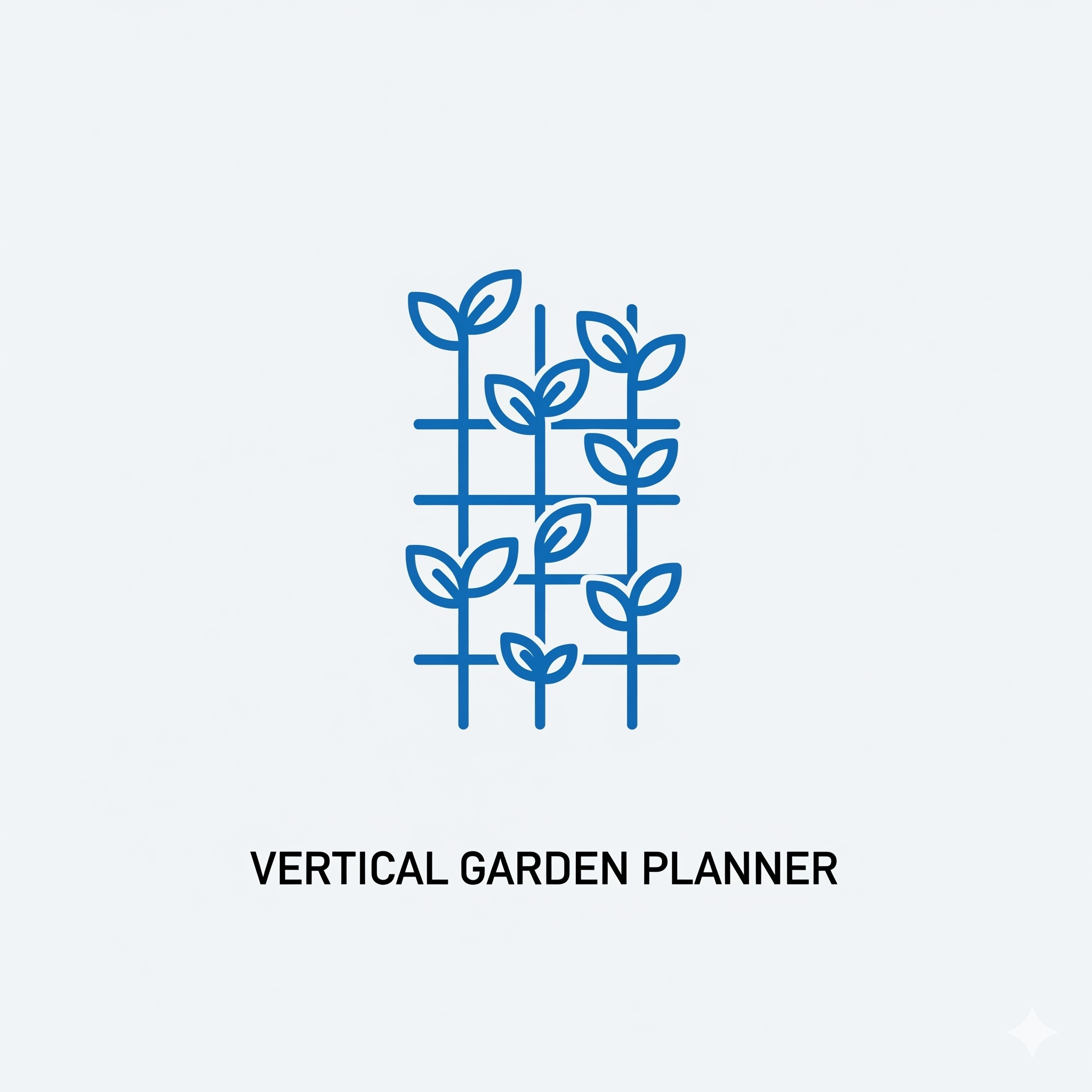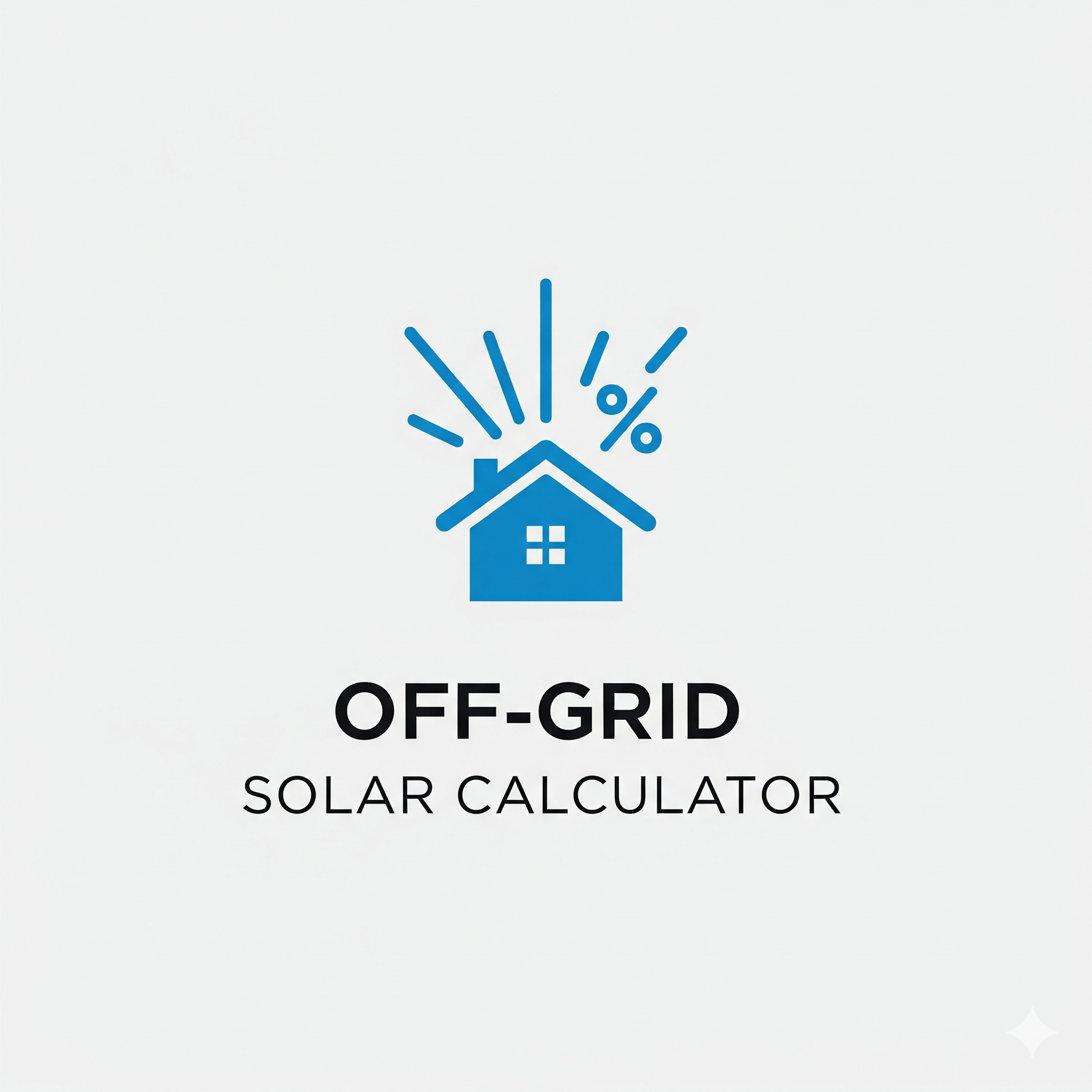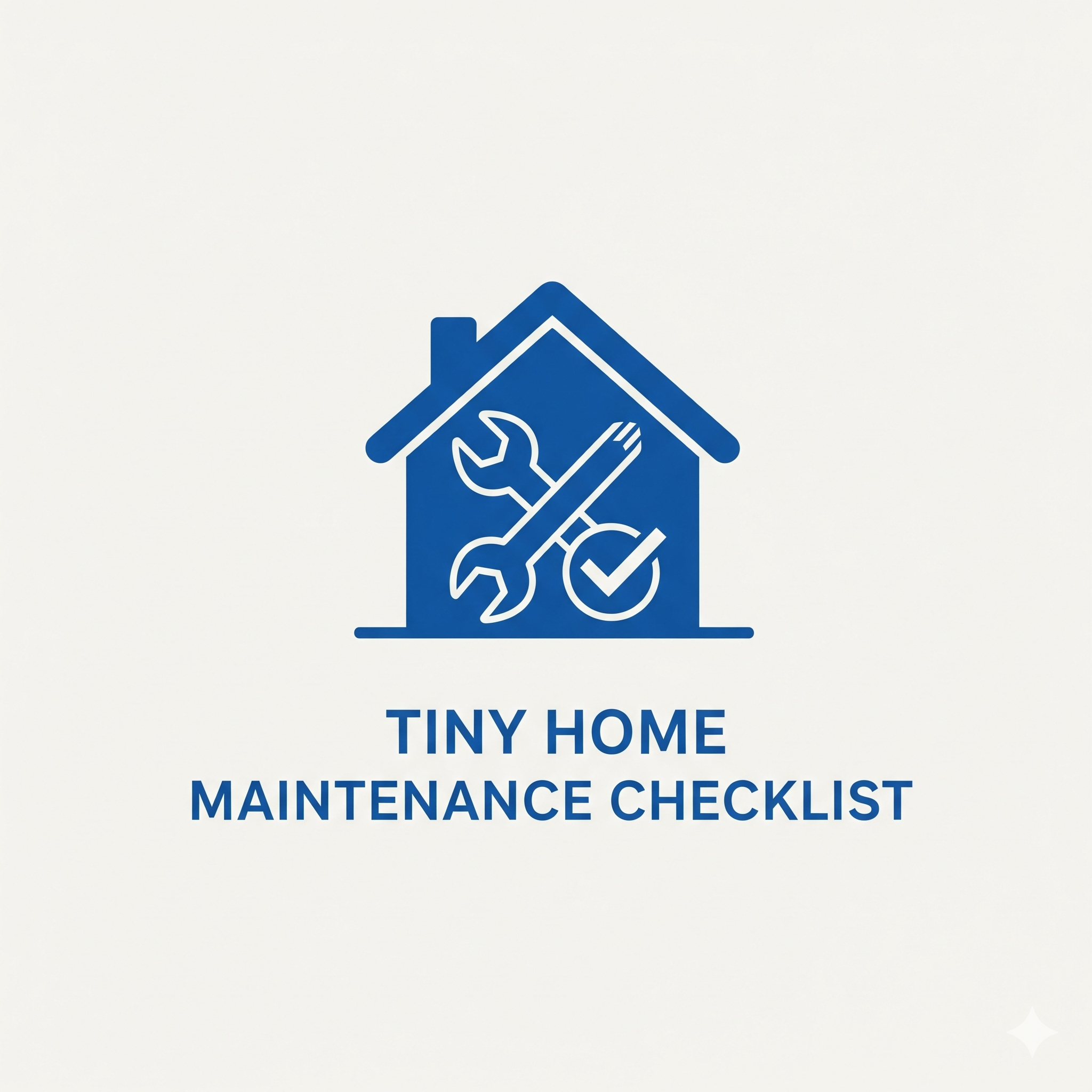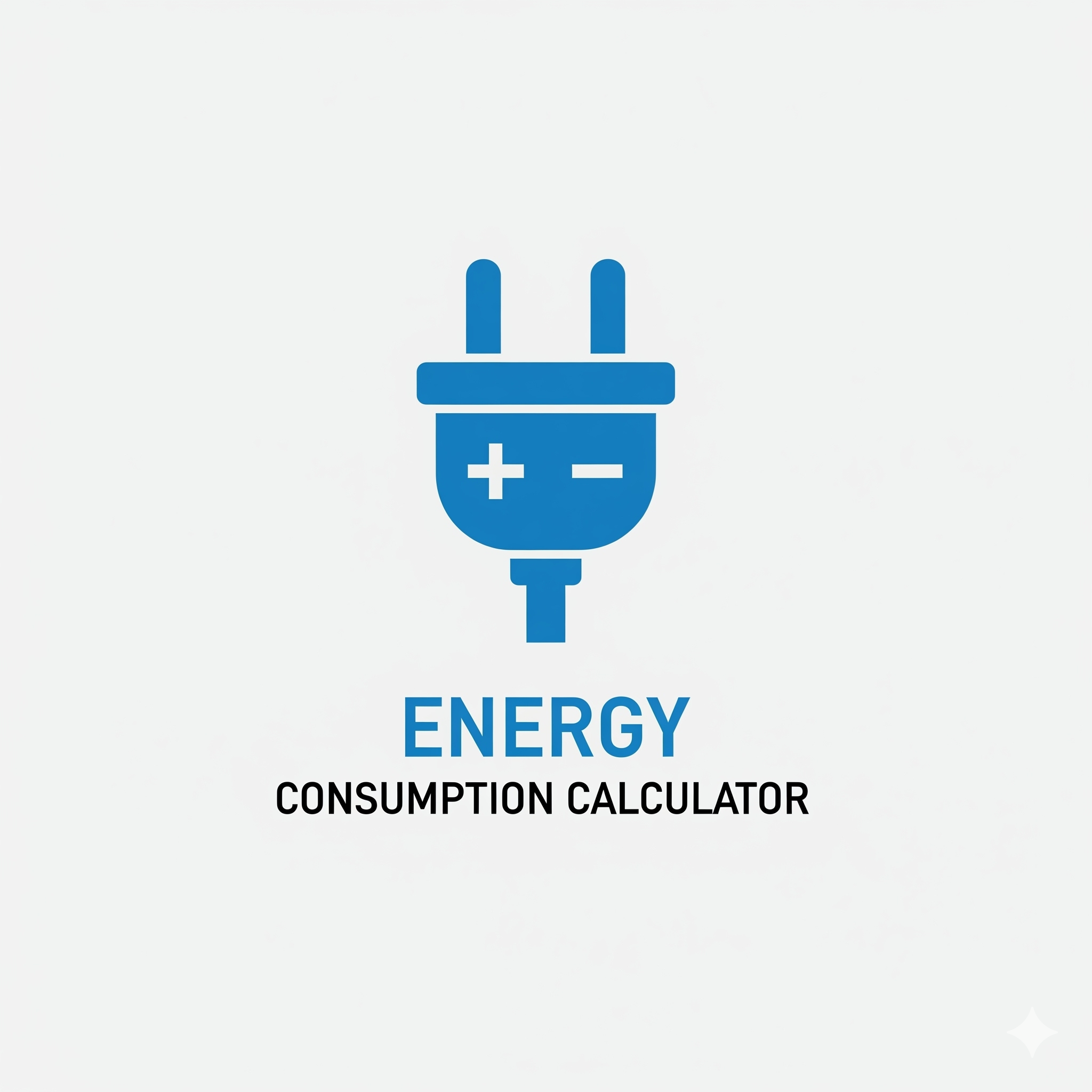Vertical Garden Planner & Plant Guide
Use our free Vertical Garden Planner to design your small-space garden. Get plant and planter recommendations based on your sunlight and available space.
Vertical Garden Planner
No yard? No problem! Enter your space details to get personalized recommendations for your perfect vertical garden.
1. Your Space
Your Garden Plan
Your results will appear here.
How to use this tool: Measure the width and height of the wall, balcony, or railing space you want to use. Select the amount of direct sunlight that area receives each day and what you’d like to grow. The planner will give you a suggestion for the type of planter that might fit and a curated list of plants that are most likely to thrive in your specific conditions.
The Vertical Garden Planner: Grow a Thriving Garden in Any Small Space
One of the most common misconceptions about tiny living is that you have to give up the simple joy of gardening. The dream of stepping outside to snip fresh herbs for dinner or pick a ripe tomato seems to require a sprawling backyard. But as a passionate small-space dweller at Neat Tiny Home, I’m here to tell you that’s not true. The secret is to stop thinking *out* and start thinking *up*. Vertical gardening is a revolutionary approach that transforms unused walls, railings, and balconies into productive, beautiful, living spaces. To help you get started, I created this **Vertical Garden Planner**. It’s your personal garden consultant, designed to take the guesswork out of your first project by giving you a clear, simple plan based on your unique space and sunlight.
The number one reason container gardens fail is a mismatch between the plant and its environment. A sun-loving tomato plant will languish in a shady corner, and delicate lettuce will scorch on a south-facing wall. This **Vertical Garden Planner** solves that problem before it starts. By analyzing your specific light conditions, it provides a curated list of plants that are scientifically suited to thrive in your care. It’s the simple, expert advice you need to turn your thumb green and your small space into a lush, productive oasis.
The Magic of “Growing Up”: Why Vertical Gardening is Perfect for Tiny Homes
Vertical gardening isn’t just a clever trick; it’s a fundamentally better way to garden in a small space. The benefits are enormous:
- Unbeatable Space Efficiency: This is the most obvious advantage. You can grow a significant amount of food or flowers in a footprint of just a few square feet by utilizing vertical space.
- Improved Accessibility: Tending to a vertical garden is often much easier on your back and knees. Planting, watering, and harvesting happen at a comfortable height.
- Fewer Pests and Weeds: By lifting your garden off the ground, you automatically eliminate many common soil-borne pests, diseases, and the constant battle against weeds.
- Watering Efficiency: Many vertical systems are designed for water to cascade from the top tier down to the lower ones, conserving water and ensuring even moisture distribution.
- A Living Work of Art: A thriving vertical garden is more than just a source of food; it’s a stunning design feature that adds a vibrant wall of living texture and color to your home’s exterior or interior.
The Most Important Ingredient: Decoding Your Sunlight
Before you buy a single seed or pot, you must become a “sun detective.” The amount of direct, unobstructed sunlight your space receives is the single most important factor for a successful garden. The plant recommendations in our **Vertical Garden Planner** are based on these standard horticultural definitions:
| Sunlight Level | Definition | Best For |
|---|---|---|
| Full Sun | 6 or more hours of direct, unfiltered sunlight per day. | Fruiting vegetables (tomatoes, peppers, strawberries), and most herbs (basil, rosemary). |
| Partial Sun / Partial Shade | 4 to 6 hours of direct sun per day, preferably in the morning. | Leafy greens (lettuce, spinach), root vegetables (radishes, carrots), and many herbs (mint, parsley). |
| Shade | Less than 4 hours of direct sun per day, or dappled light all day. | A few select leafy greens, many ferns, and shade-loving flowers like impatiens. |
To find out what you have, observe your space on a sunny day. Check it at 9 AM, 12 PM, and 3 PM to see where the sun is falling and for how long. This simple observation is the key to all your future success.
Container Gardening 101: The Three Pillars of Success
Gardening in containers is slightly different than gardening in the ground. Once you’ve used the planner to choose your plants, your success will depend on these three things:
- The Right Soil: Never use soil from your yard in a container. It’s too heavy, compacts easily, and doesn’t drain well. You must buy bags of “potting mix” or “container soil.” This is a specially formulated, lightweight medium designed to retain moisture while also allowing for good drainage and aeration for the roots.
- Consistent Watering: Containers dry out much, much faster than garden beds, especially on a sunny, windy balcony. You will likely need to water your vertical garden every day, and sometimes twice a day during a heatwave. The best method is to check with your finger: if the soil is dry an inch below the surface, it’s time to water.
- Regular Feeding: Every time you water a container, some of the nutrients in the soil wash out the bottom. Because of this, container plants are heavy feeders. You will need to fertilize them regularly throughout the growing season. A balanced, all-purpose liquid fertilizer applied every 2-4 weeks is a great, easy option. For great advice on container gardening, I always trust the resources from Gardener’s Supply Company.
A lack of space is no longer a barrier to the joy and reward of growing your own food and flowers. With a bit of planning and the right knowledge, any wall can become a garden. Let our **Vertical Garden Planner** be the tool that helps you plant the seeds of your own green oasis.
What’s the very first herb, vegetable, or flower you would want to grow in your own vertical garden? Share your dream plant in the comments!
Frequently Asked Questions (FAQ)
- Can I grow these plants indoors?
Yes, but you will need a very sunny, south-facing window or you will need to supplement with a grow light. Most herbs and leafy greens can do well indoors with enough light. Fruiting plants like tomatoes are much more challenging to grow inside without a dedicated, powerful grow light. - What is the best material for a vertical planter?
It depends on your climate. Terracotta pots are beautiful but dry out very quickly. Plastic pots are lightweight and retain moisture well. Fabric grow bags offer excellent aeration for roots but may require more frequent watering. For a tiny home, lightweight plastic or fabric is often the most practical choice. - How do I securely mount a garden to my wall?
Safety is paramount. You must anchor any wall-mounted system directly into the studs of your wall or use heavy-duty masonry anchors for brick or concrete. Do not rely on drywall anchors alone, as a fully watered garden can be very heavy. - What do I do with my vertical garden in the winter?
This depends on your climate and your plants. Annual plants (like tomatoes and basil) will finish their lifecycle at the end of the season. Perennial plants (like rosemary, thyme, or certain flowers) can be brought indoors or protected with mulch and frost cloths in milder climates to survive the winter.




Post Comment